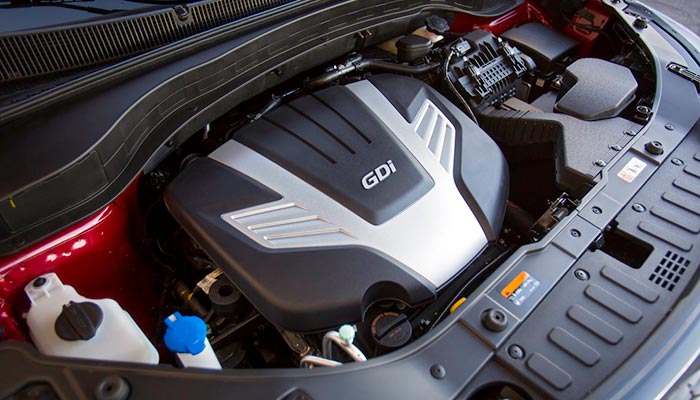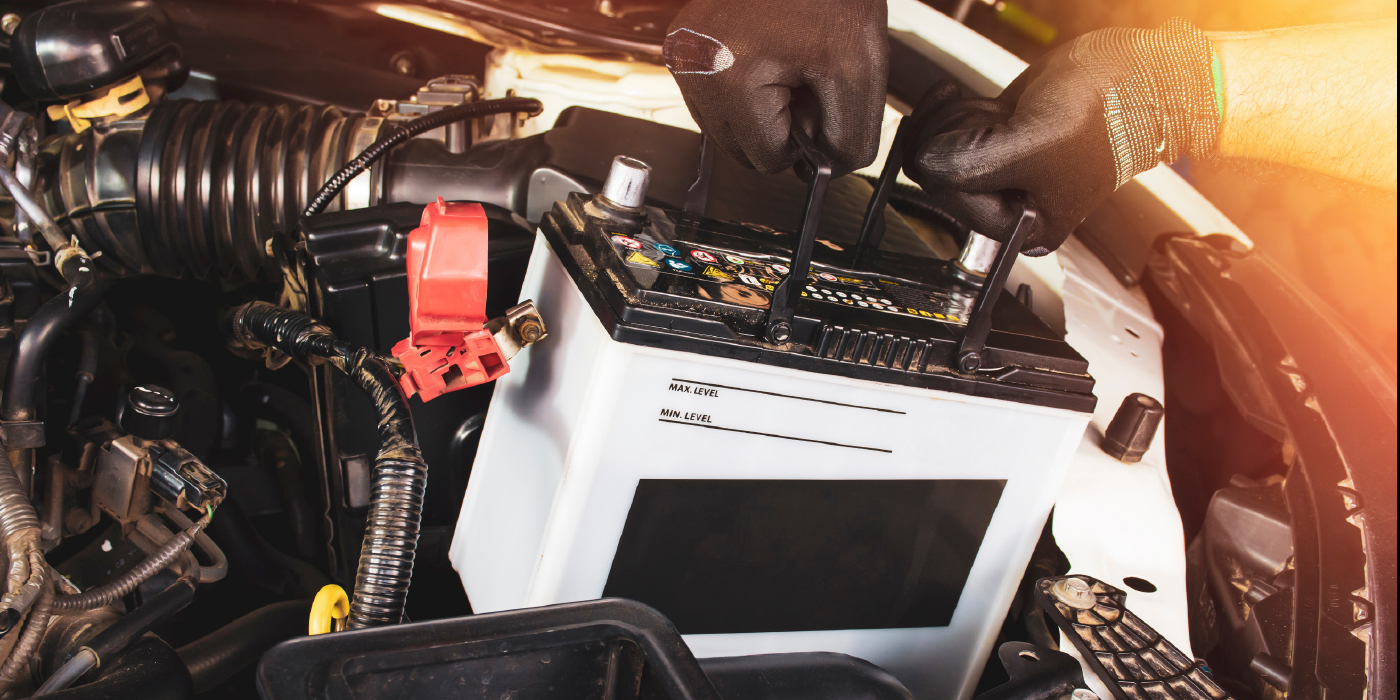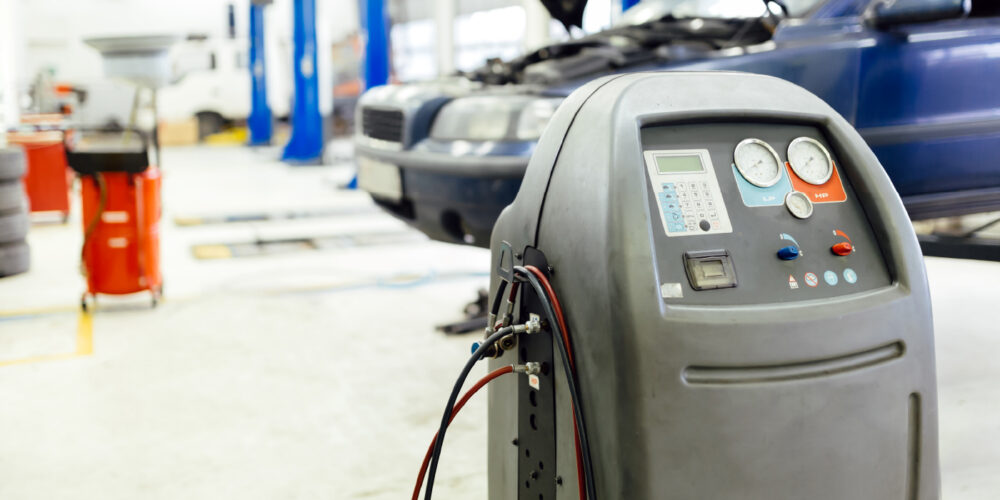Futurist Alvin Toffler, author of “Future Shock,” which was published in 1970, said, “The illiterate of the 21st century will not be those who cannot read and write, but those who cannot learn, unlearn and relearn.” That concept of “learn, unlearn and relearn” aptly describes how we will be diagnosing new automotive technology in the near future. Just as we had spent 80 years “learning” carburetors, we had to “relearn” modern electronic fuel injection technology. The “unlearning” occurred when fuel delivery technology had changed from mechanically siphoning gasoline out of a carburetor float bowl, to electronically spraying fuel into an intake manifold engine through a high-pressure fuel injector. Since a 12-volt, solenoid-type fuel injector requires high-speed electronic data processing to accurately meter fuel, the unlearning and relearning curve became more difficult, which leads me to the importance of current CAN bus technology.
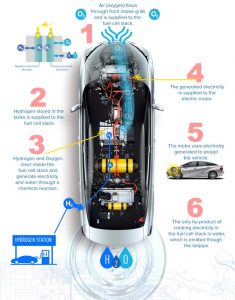
A CAN BUS SUMMARY
Modern propulsion technology requires high-speed data processing systems. For that reason, our relearning process actually began when CAN bus electronic systems were introduced by Mercedes-Benz circa 1990. Jumping ahead to 2008, CAN bus communications systems became the industry standard for bus communication systems. In many cases, we’re unlearning what we learned about conventional hard-wired switching systems to relearn CAN bus switching systems.
CAN bus systems share data among multiple modules by transmitting and receiving digital signals relayed at different communication speeds along the same data bus. Each module is programmed to retrieve its own bits of data. CAN might also use a “gateway” module connected to multiple networks to route data to and from different modules at different communication speeds. An instrument panel switch merely commands modules like the ECM or BCM to perform specific switching functions like cranking the engine or shutting off the radio. A headlamp or ignition switch might command a module to switch lighting, solenoids, motors and other accessories “on” or “off” by activating or deactivating relays.
While all are routine functions, these might be foreign to the technician who didn’t learn basic electricity, unlearn hard-wired systems or relearn CAN bus technology. Diagnostically speaking, look for CAN bus technology to form the basic electrical architecture of modern automotive propulsion platforms. (See Toyota Mirai photo above.)
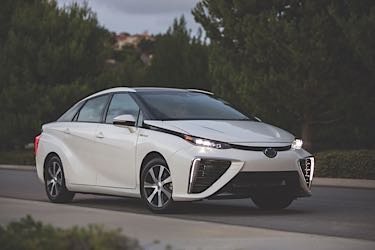
FUEL-CELL PROPULSION
Fuel cell vehicles (FCVs) are an attractive prospect for many emissions-conscious markets because the ionization of high-pressure hydrogen gas with atmospheric oxygen produces electricity and leaves pure water as the sole exhaust emission. Unlike a gasoline engine operating at 20% energy efficiency, an FCV operates at 40% to 60% efficiency.
As of this writing, Hyundai is currently leasing limited numbers of its Tucson FCVs, while Toyota is leasing or selling limited numbers of its fuel cell-powered Mirai platform. While a service market and refueling infrastructure doesn’t currently exist, fuel cell technology remains an indicator of future propulsion trends. (See fuel cell photo on page 20.)
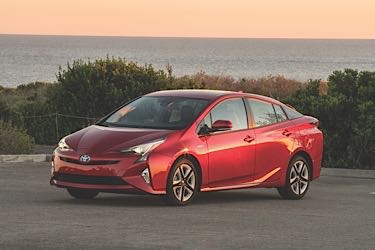
HYBRID PROPULSION
Most vehicle manufacturers currently market gasoline/battery-powered hybrid electric vehicles (HEVs) and plug-in hybrid electric vehicles (PHEVs). While hybrids don’t represent a large market share, they continue to be popular among the environmentally conscious vehicle owners who like the improved fuel economy and overall performance of a hybrid propulsion system. In addition, “start-stop” or “idle-stop” technology in which an engine mounted in a conventional propulsion platform automatically shuts off and restarts at stoplights can be considered a spin-off of hybrid technology. Hybrid technology is here to stay because it increases an auto manufacturer’s corporate average fuel economy (CAFE), thus allowing manufacturers to sell more gasoline-only propulsion platforms. (See Toyota Prius photo at left.)
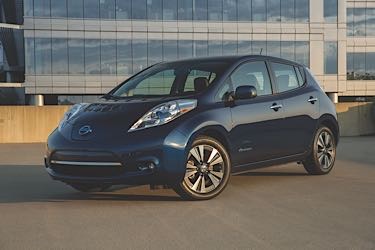
EV PROPULSION
Electric vehicle (EV) propulsion steadily progressed after a renewed interest was taken by all major vehicle manufacturers in the 1990s. Why electric vehicles? The answer is that with increased wind, solar and natural gas power generation, electricity has become a renewable, relatively pollution-free and desirable energy source. As with fuel cell technology, it’s important for manufacturers to refine the vehicle technology and to familiarize drivers with the benefits of zero-emissions driving by placing production vehicles in the hands of daily commuters.
Nissan, Tesla and BMW are currently manufacturing EVs on a production scale for public use. Other manufacturers are producing EVs for public use, but on a more limited scale. As batteries and propulsion systems become more refined, EV technology becomes more attractive to commuters who drive less than the 100-mile range of most EV vehicles.
As with hybrid vehicles, electric-only vehicles can boost a manufacturer’s CAFE through federal credits, which is a compelling reason to manufacture electric vehicles. As for diagnosing any hybrid or electric-only vehicle, remember that drive battery service requires special training, service information and tooling to safely handle the 250-plus volts produced by these systems. (See Nissan Leaf photo at left.)
SHARED SYSTEMS
Most important to diagnostic technicians, fuel-cell, electric and hybrid vehicles share essentially the same types of storage battery, regenerative braking and drive motor technology. And, like their gasoline counterparts, these platforms share basic CAN bus communication systems, media-oriented system transport (MOST) information and entertainment bus systems, telematics and global positioning systems (GPS), which turns them into “connected” vehicles.
GASOLINE PROPULSION
For now, the fuel-cell and EV propulsion can’t compete with gasoline’s support infrastructure. But the diagnostics of gasoline propulsion systems are rapidly changing due to tremendous torque outputs now being produced with smaller-displacement engines. To begin, an engine’s static compression ratio is very important in creating torque because fuel is burned more efficiently when compressed into a smaller combustion chamber. Current gasoline octane ratings will allow maximum static compression ratios of about 10:1 before pressure-induced self-ignition (detonation) occurs on a conventional aluminum-cylinder head engine. During normal combustion, the flame propagation throughout the combustion chamber begins in an orderly fashion at the spark plug and continues to burn evenly to the boundary layers of the combustion chamber, cylinder and piston.
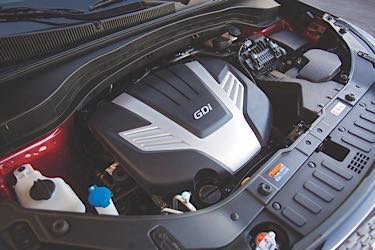
Detonation occurs when high cylinder pressures detonate the air/fuel mixture at multiple points in a combustion chamber. The extremely rapid pressure buildup of detonation will tend to break spark plugs, piston ring lands and piston rings. While the engine’s detonation sensors will prevent damage by retarding spark timing, fuel economy and engine performance will suffer.
Two relatively new technologies — variable valve timing (VVT) and gasoline direct injection (GDI) (see above photo) — now allow engineers to build engines with compression ratios as high as 14:1 while controlling gasoline’s natural tendency to detonate. For example, when GDI injects gasoline directly into the combustion chamber, a cooling effect takes place which reduces the tendency to detonate.
Next, GDI requires approximately 2,000 psi of pressure to inject fuel into an engine with high running compression pressures. The 2,000 psi fuel pressure also allows the fuel to be injected multiple times as the piston rotates through the before top dead center (BTDC) and after top dead center (ATDC) positions.
GDI fuel injectors are piezo-electric or electric solenoid designs. Piezo-electric fuel injectors generally operate in the 80-volt range and rely on the expansion of silicon discs to rapidly open the injector pintle valve multiple times during an injection cycle. Due to this feature, GDI is capable of operating in seven modes: 1) stratified-charge, 2) stratified-charge/catalyst heating, 3) homogenous, 4) homogenous/stratified charge, 5) homogenous/lean-burn, 6) homogenous/catalyst heating and 7) homogenous/anti-knock modes. Vehicles sold in the U.S. are currently limited to homogenous, homogenous/anti-knock and homogenous/catalyst heating modes.
“Tumble valves” built inside the intake port runners will, when activated, create turbulence as the air enters the combustion chamber. Shaping the piston and combustion chamber surfaces also creates a swirling effect in the cylinder that enhances the combustion process.
VVT on dual overhead camshaft designs allows engineers to control valve opening and closing times on the intake and exhaust camshafts to increase low- and high-speed torque. VVT on the exhaust camshaft can also be changed to replace the old exhaust gas recirculation (EGR) system by leaving a small amount of residual combustion gases in the combustion chamber to reduce nitrogen oxide (NOX) emissions.
In many cases, turbocharging is used to increase the torque output of these small-displacement VVT/GDI engines. In these applications, precise control of boost pressures is maintained through electronic engine controls.
21st CENTURY DIAGNOSTICS
Due to the complexities involved with simultaneously managing VVT, gasoline direct fuel injection and turbocharging, modern gasoline operating strategies rely on high-speed computers to maintain high torque outputs. Due to the elimination of vacuum heating and air conditioning controls and vacuum-boosted brakes on many models, some gasoline engines have eliminated intake manifold vacuum ports. Similarly, fuel injectors and ignition coils are relatively inaccessible for scope testing.
For all of these — and many other reasons — modern propulsion diagnostics are becoming solely scan-tool based, which means that many technicians must “learn,” “unlearn” and “relearn” the diagnostic process. With that said, when a diagnostic technician occasionally discovers a diagnostic scenario that isn’t covered by a diagnostic trouble code, or a scenario in which the specified diagnostic procedure doesn’t go far enough, it’s time to use labscopes and pressure transducers to once again “reverse-engineer” or “relearn” modern gasoline engine technology.

